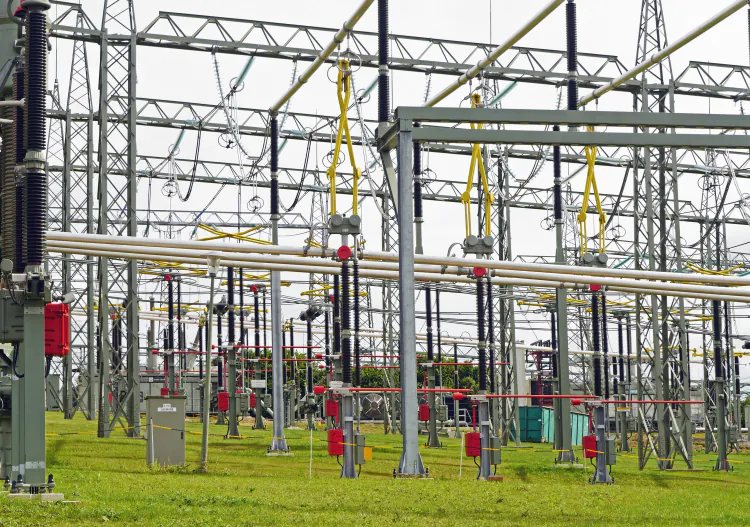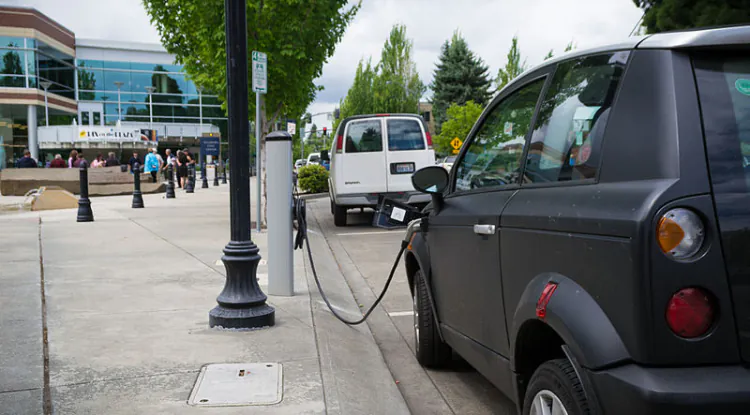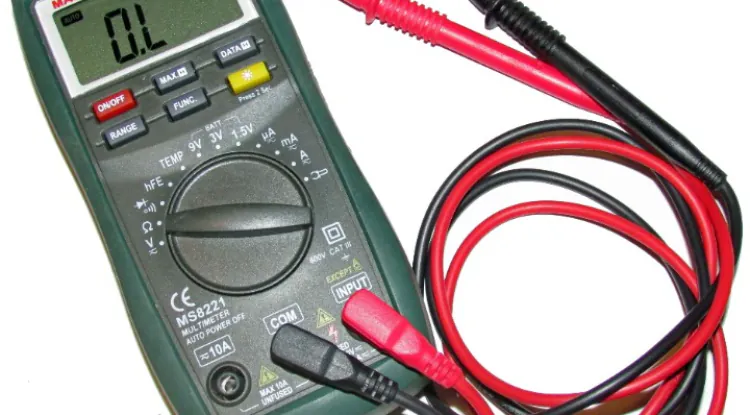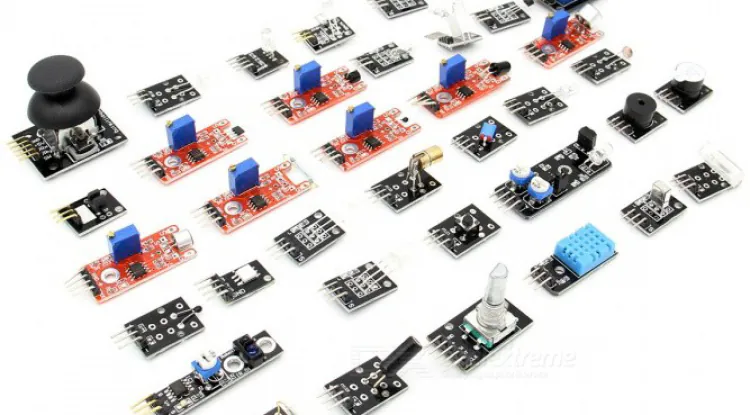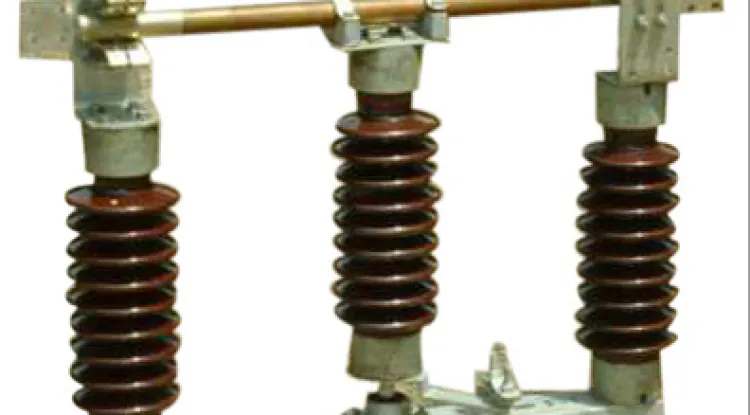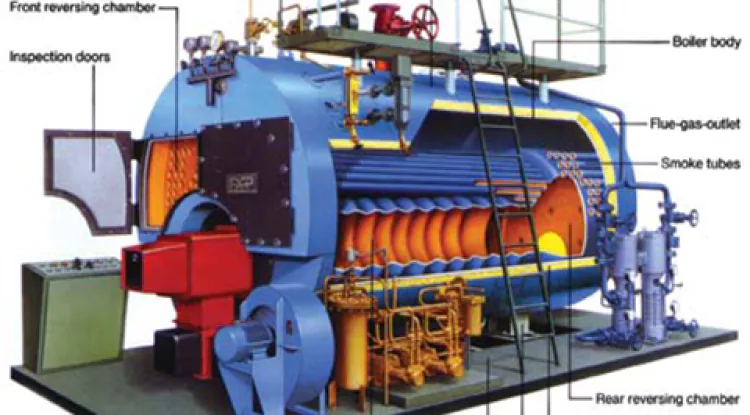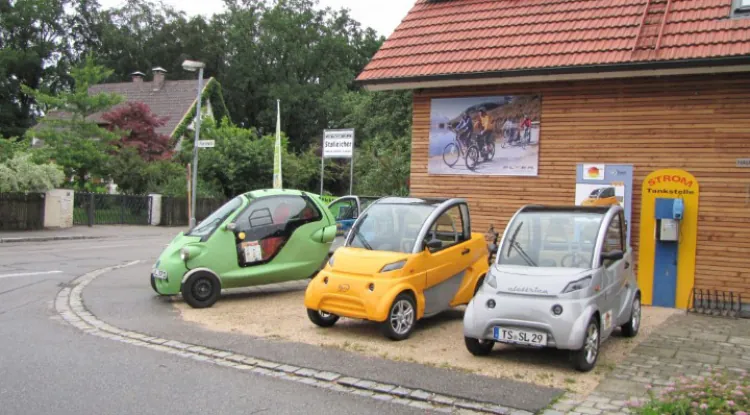Electrical Isolator
Switching low and high voltage power we use many electrical switching devices like A.B.S. But the main principle for those equipment is the same to isolate any electrical components from the system. We called this type of switch is isolator.
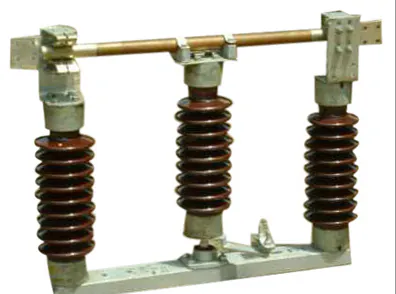
Switching low and high voltage power we use many electrical switching devices like A.B.S. But the main principle for those equipment is the same to isolate any electrical components from the system. We called this type of switch is isolator. An electrical Isolator is a mechanical switching device that is used to disconnect any electrical component from the system when the system is online or offline.
The isolator does not have any system to avoid arching during disconnection. In an electrical substation, the isolator is used to disconnect a power transformer when it is in no-load condition or a small amount of load is present. It is dungarees to operate the isolator in full load condition.
Difference Between Isolator and Circuit Breaker:
The isolator is an off-load device and the circuit breaker is an on-load device. But both have to have the same disconnection principle to isolate any parts of the circuit from the system. The isolator cannot operate in load conditions where there is any trouble in the system then the circuit breaker can trip automatically. Now you may think why do we use an isolator when we cannot operate it on load condition? The answer is very simple. When a circuit breaker tripped in on the load, with no load or fault situation, then we cannot see whether the circuit breaker tripped or not. Because disconnection happened inside the circuit breaker. For this reason, we use a manual mechanical isolating system so that we can confirm that the load is removed from the system.
Related:- Power Substations: The Backbone of Electrical Grids Explained
Different Types of Isolators:
Depending on system requirements isolators can be separated into these three types,
- Double Break Isolator.
- Single Break Isolator.
- Pantograph Type Isolator.
The location of the power system isolator can be divided as follows,
- Bus Side Isolator: This type of Isolator stays connected to the main bus.
- Line Side Isolator: This type of Isolator stays connected to the feeder on the line side.
- Transfer Bus Side Isolator: This Type of Isolator stays connected to the main bus of a transformer.
Operation Procedures for an Isolator:
There are two types of operation for operating an isolator,
Opening Operation:
- At first, open the main circuit breaker.
- Then open or separate the load from the system by opening the isolator.
- Close the earth switch. Earth switch can come with an interlock system with an isolator. That means when the isolator is open only that time the earth switch can be closed.
Closing Operation:
- Disconnect the earth switch.
- Close the isolator.
- Close the circuit breaker.
Now if you find this post useful then please share it with your friends. Please let us know if we missed any point in explaining this topic in the comment section. Thanks!
